Citizens? - Home
-
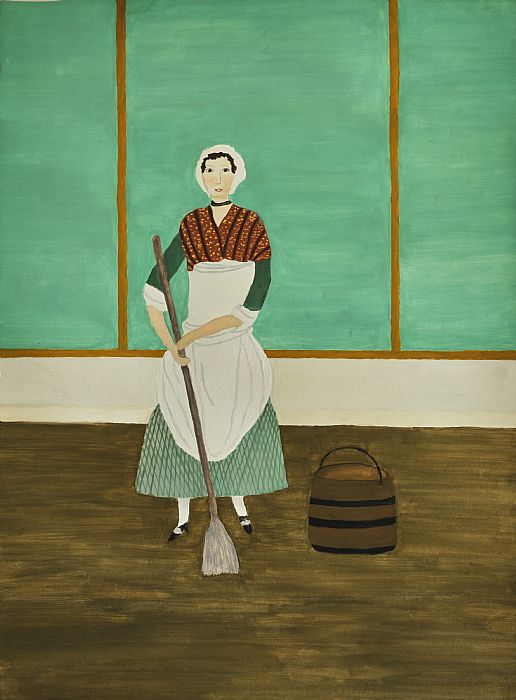
Housemaid, Visible/Invisible
-
Traded: Child Asset
-
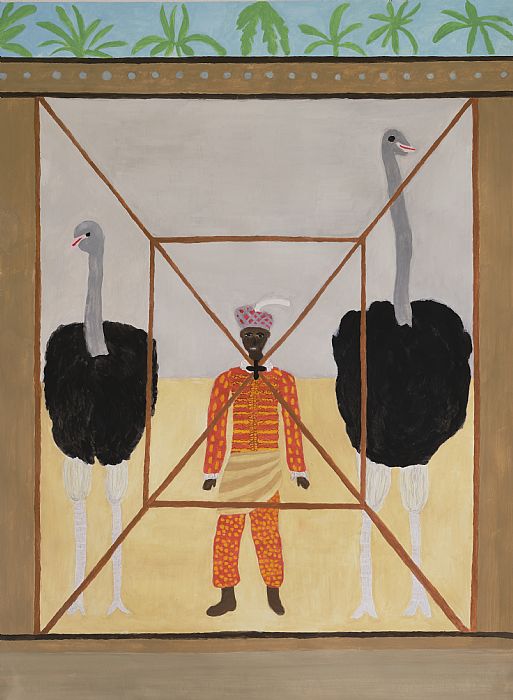
Traded: Exotic Pet
-
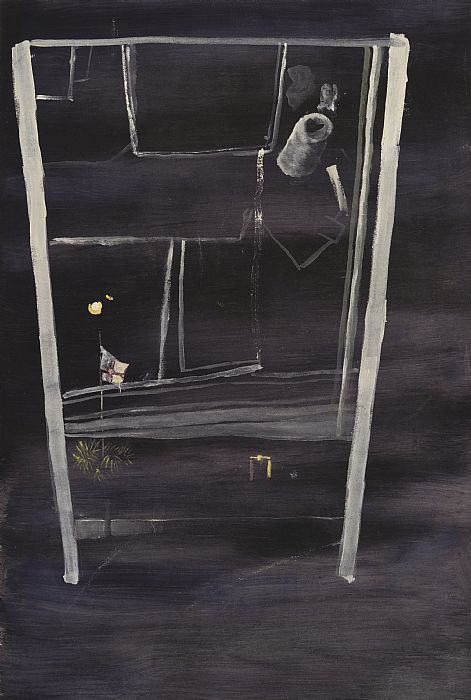
View from studio window
-
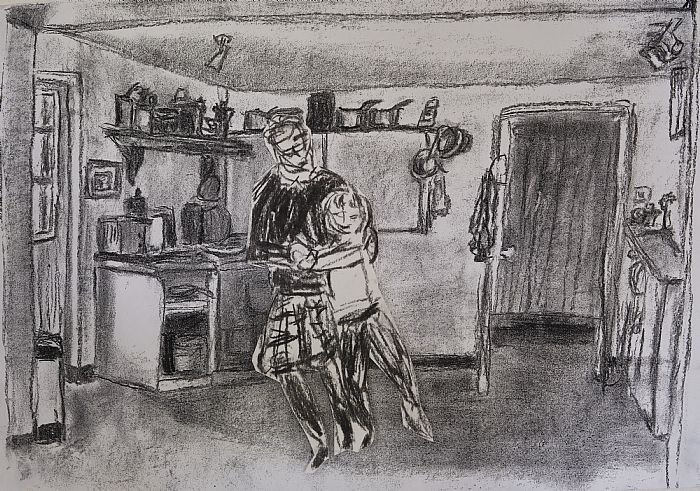
Pasted in
-
.jpg)
Undeliverable
-
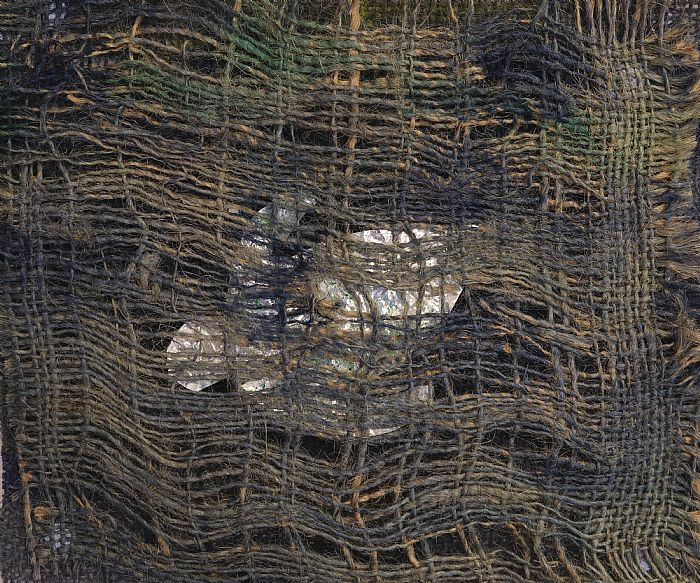
Selkie
-

Little mermaid
-
.jpg)
Moment
-

Mr de Hooch's chair
-
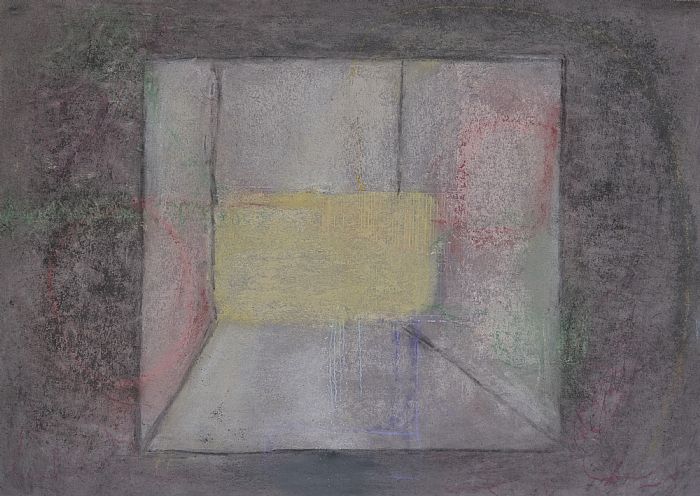
Mind home (Mr Blake's room)
-
.jpg)
Closing my eyes, I dream of home
-
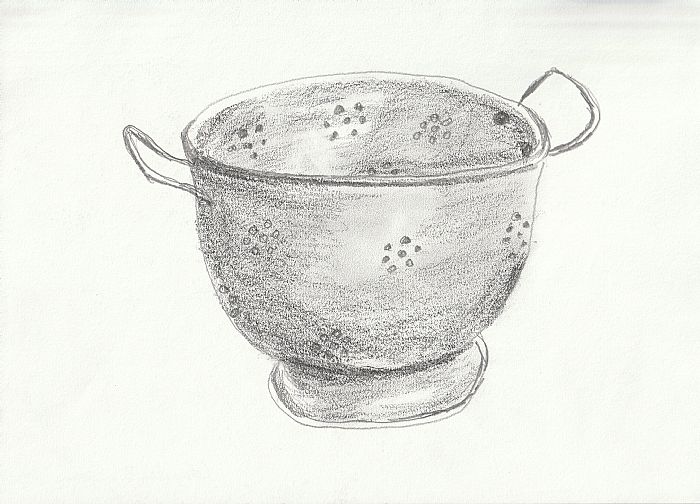
Colander 1
-
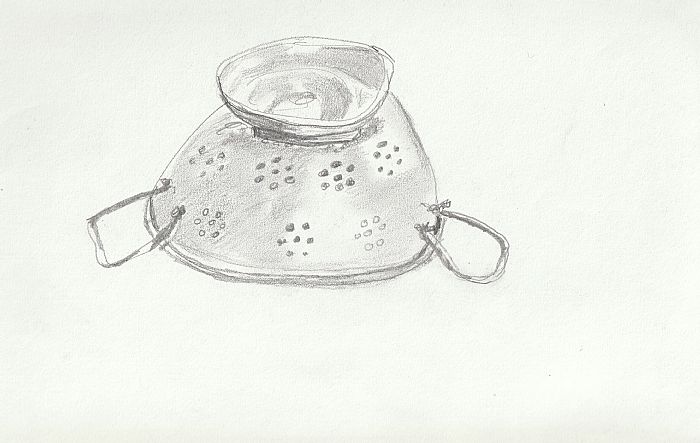
Colander 2
-
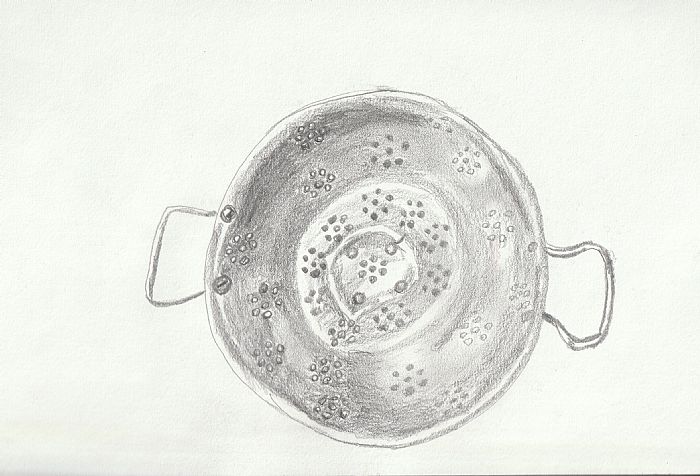
Colander 3
-
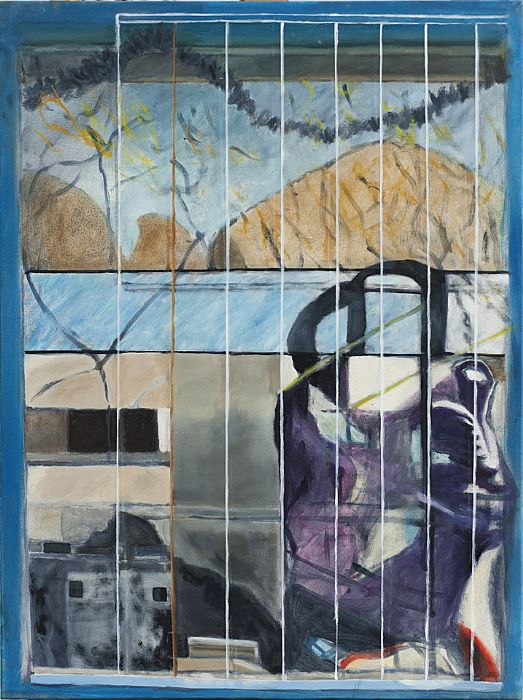
Office 1
-
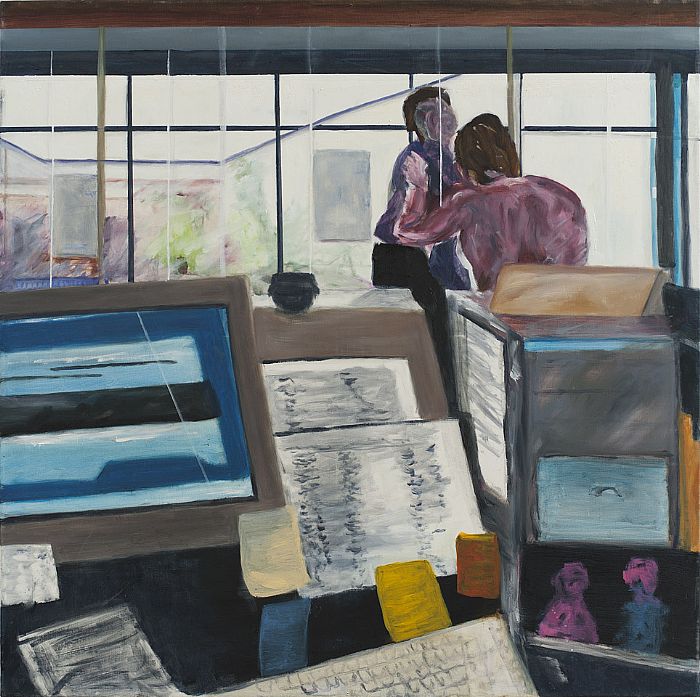
Office 2
-
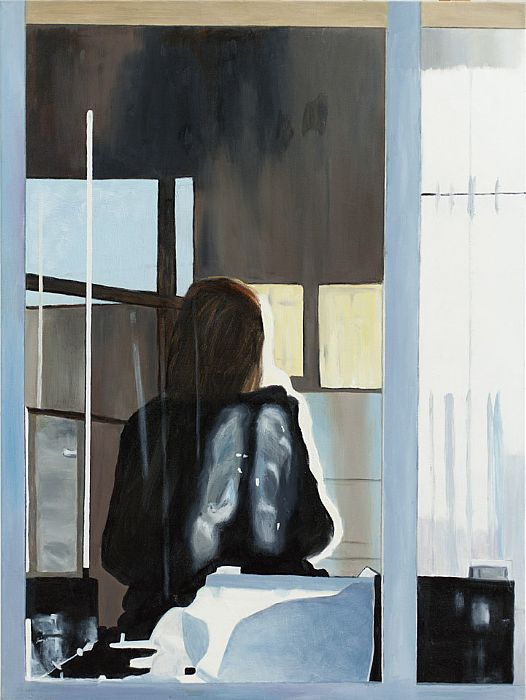
Office 3
The first group of images in this section portray servants and children who lived and worked in Rathfarnham Castle, the home of my planter ancestors, but likely had very mixed feelings about it. A housemaid enters the Castle through a tunnel so that Loftus family members do not have to see her come in. She would have been aware that they had appropriated lands formally belonging to Irish chieftains. But she would have gone up into their grand rooms to clean them. Dorothy Boyle is traded in marriage to Arthur, the Loftus heir, in her fifth year to ensure an advantageous relationship between her and Arthur's fathers. She is sent to live at Rathfarnham when she is nine and Arthur is sent to spend time with her brother. They are married when she is 14 and within a year she has a child, who dies in infancy. An Indian boy, reputedly gifted to the Loftus family in the eighteenth century with two ostriches, is depicted in my reconstruction of one of the Castle's aviaries.
The next group of works relate to my own variable sense of home. I have an occasional sense of dislocation, caused largely by living in Northern Ireland's disjointed society. This is reflected in a view from my studio window including one of the unionist and loyalist flags that line the street through a long season, despite the mixed nature of the village. A drawing of me happily dancing with a daughter shows us pasted into my well-loved home, giving a sense of precariousness. The text imposed on a view of an English beach records climate change preventing return to my childhood home for much of the year (the painting is not pink as shown in the image). Images of a selkie and Hans Christian Anderson's little mermaid present a sense of being a sea creature who might return there. A scene of Bede's sparrow flying briefly through an Anglo-Saxon hall is a reflection on our transitory lives.
A further group of images show home can be found in the mind, via the works of artists and Kate McGarrigle's song, Talk to me of Mendocino.
The last group of images look at how a domestic object can give a sense of home and how a work-space may offer a variable sense of belonging to people in this century. The battered colander shown in three drawings was inherited from my mother-in-law. I still use it every day. The Office paintings are based on photos I took of the receptionist office at the Newry Institute, whose windows gave it a complex relationship with the world outside.
The next group of works relate to my own variable sense of home. I have an occasional sense of dislocation, caused largely by living in Northern Ireland's disjointed society. This is reflected in a view from my studio window including one of the unionist and loyalist flags that line the street through a long season, despite the mixed nature of the village. A drawing of me happily dancing with a daughter shows us pasted into my well-loved home, giving a sense of precariousness. The text imposed on a view of an English beach records climate change preventing return to my childhood home for much of the year (the painting is not pink as shown in the image). Images of a selkie and Hans Christian Anderson's little mermaid present a sense of being a sea creature who might return there. A scene of Bede's sparrow flying briefly through an Anglo-Saxon hall is a reflection on our transitory lives.
A further group of images show home can be found in the mind, via the works of artists and Kate McGarrigle's song, Talk to me of Mendocino.
The last group of images look at how a domestic object can give a sense of home and how a work-space may offer a variable sense of belonging to people in this century. The battered colander shown in three drawings was inherited from my mother-in-law. I still use it every day. The Office paintings are based on photos I took of the receptionist office at the Newry Institute, whose windows gave it a complex relationship with the world outside.